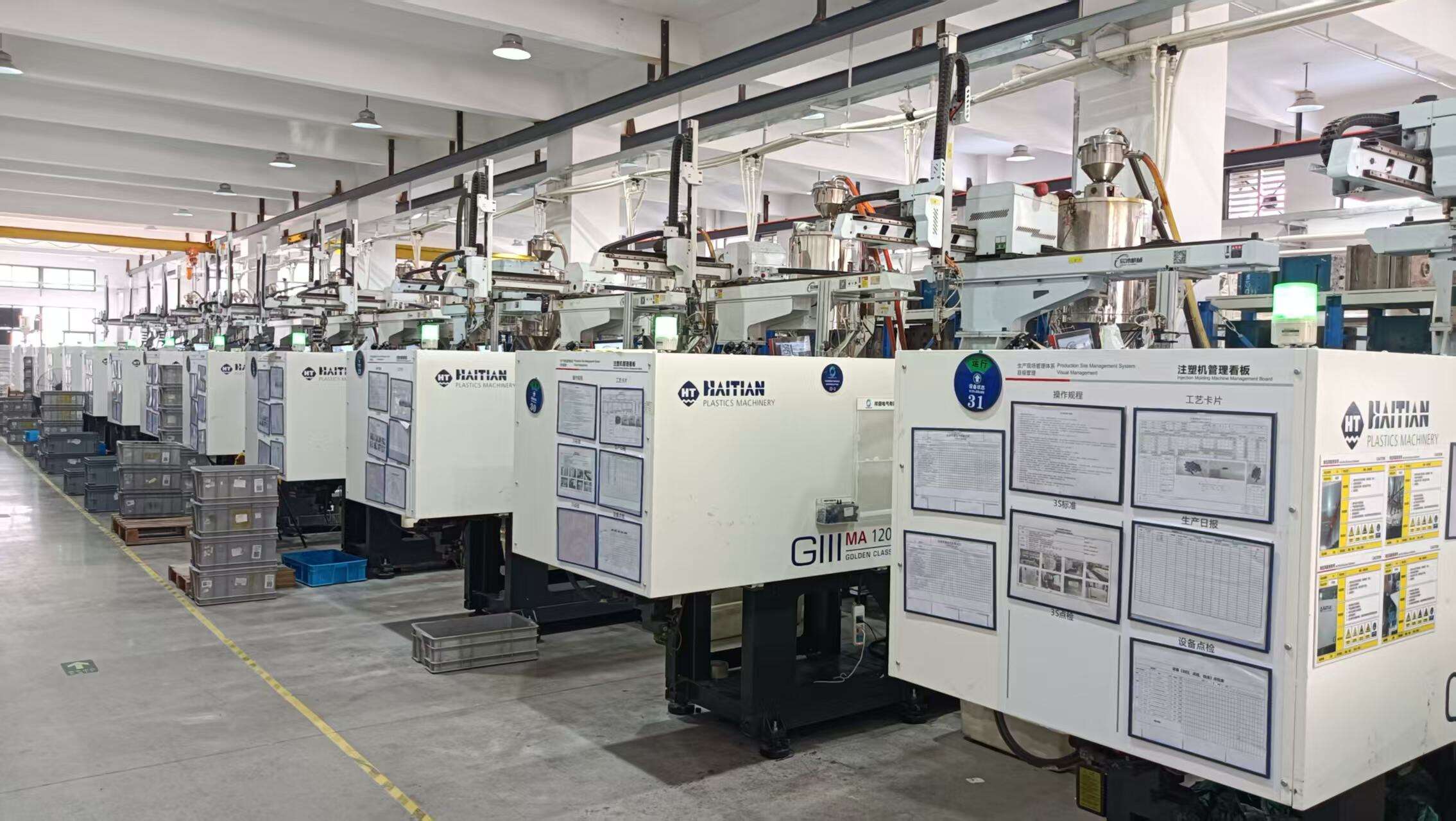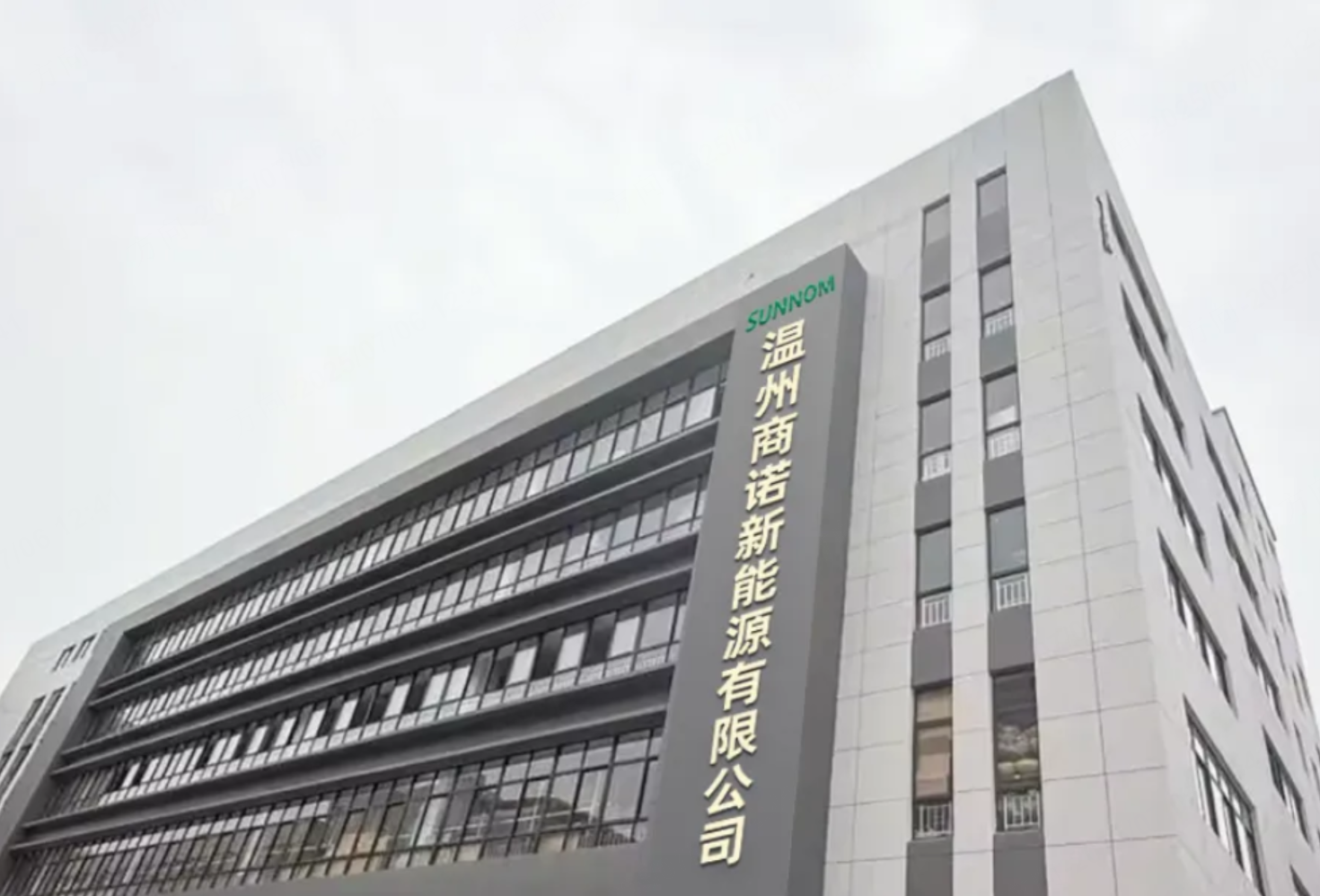Understanding the Vital Role of Electrical Connections in Solar Energy Systems
At the heart of every efficient solar power system lies a crucial component that often goes unnoticed yet plays an indispensable role in energy transmission - the photovoltaic connector. These specialized electrical connectors serve as the fundamental links between solar panels and the broader electrical system, ensuring seamless power flow and system reliability. As solar energy continues to dominate the renewable energy landscape, the significance of high-quality photovoltaic connectors becomes increasingly apparent.
Modern solar installations, whether residential or utility-scale, depend heavily on these specialized connectors to maintain consistent energy production and system longevity. A photovoltaic connector must withstand harsh environmental conditions while maintaining optimal electrical conductivity, making it a critical component in the solar energy ecosystem. Understanding their importance helps both installers and system owners make informed decisions about their solar investments.
Essential Features of Professional-Grade Solar Connectors
Advanced Material Construction and Durability
High-performance photovoltaic connectors are manufactured using premium materials specifically chosen for their resilience and conductivity. The housing typically consists of high-grade thermoplastic materials that offer exceptional UV resistance and maintain structural integrity across extreme temperature variations. The metal components, usually copper alloys with specialized plating, ensure maximum conductivity while preventing corrosion and oxidation.
These connectors undergo rigorous testing to verify their ability to withstand thermal cycling, humidity, and mechanical stress. The materials must maintain their properties for decades, as solar installations are designed for 25+ years of operation. This longevity requirement makes material selection and quality control paramount in connector manufacturing.
Safety Features and Protection Mechanisms
Modern photovoltaic connectors incorporate multiple safety features to prevent accidents and ensure reliable operation. Touch-proof designs protect against accidental contact with live parts, while robust locking mechanisms prevent unintended disconnections. Many connectors also feature internal seals that maintain IP65 or higher protection ratings, ensuring water and dust resistance.
Advanced connector designs include features like double-insulation barriers and positive-locking indicators that provide visual confirmation of proper mating. These safety elements are crucial for both installation security and long-term operational reliability, helping prevent arc faults and other electrical hazards common in DC systems.

Impact on System Performance and Reliability
Power Loss Prevention and Efficiency
Quality photovoltaic connectors play a crucial role in maintaining system efficiency by minimizing power losses at connection points. The best connectors feature low contact resistance, typically less than 0.5 mΩ, ensuring minimal energy loss during transmission. This efficiency is maintained through sophisticated contact designs that preserve the connection integrity even under thermal cycling and mechanical stress.
Poor quality connectors can lead to significant voltage drops and power losses, potentially reducing overall system output by several percentage points. In large-scale installations, these losses can translate to substantial reductions in energy production and financial returns. Therefore, investing in premium photovoltaic connectors directly impacts the system's performance and ROI.
Long-term System Maintenance Considerations
The choice of photovoltaic connectors significantly influences maintenance requirements and system reliability over time. High-quality connectors require minimal maintenance and can operate reliably for decades, while inferior products may need frequent inspection and replacement. This difference becomes particularly important in large installations where connector failures can lead to substantial downtime and maintenance costs.
Professional installers recognize that using reliable photovoltaic connectors reduces callback rates and warranty claims, ultimately protecting their reputation and bottom line. The initial cost difference between premium and budget connectors becomes negligible when considering the potential long-term implications of connector failure.
Installation Best Practices and Industry Standards
Professional Installation Requirements
Proper installation of photovoltaic connectors requires specific tools and techniques to ensure optimal performance. Certified installers must use manufacturer-approved crimping tools and follow precise procedures for wire stripping, crimping, and connector assembly. These requirements help maintain the connector's rated performance and ensure compliance with warranty conditions.
Industry standards mandate that installers verify proper crimping through pull tests and visual inspection of crimped connections. The use of calibrated tools and proper torque settings is essential for creating reliable connections that will withstand years of environmental stress and thermal cycling.
Regulatory Compliance and Certification
Photovoltaic connectors must meet stringent international standards and certifications to ensure safety and reliability. Key certifications include UL 6703 in North America, TÜV certification in Europe, and IEC 62852 globally. These standards specify requirements for environmental protection, mechanical strength, and electrical performance.
Compliance with these standards is verified through extensive testing programs that simulate decades of real-world use. This includes exposure to UV radiation, salt spray testing, thermal cycling, and mechanical stress testing. Only connectors that pass these rigorous evaluations receive certification for use in solar installations.
Future Trends in Photovoltaic Connector Technology
Smart Integration and Monitoring
The evolution of solar technology is driving innovation in photovoltaic connector design. New generations of connectors are incorporating smart features like integrated monitoring capabilities and communication functions. These advanced connectors can provide real-time data about connection quality, temperature, and current flow, enabling predictive maintenance and enhanced system monitoring.
Future developments may include connectors with built-in arc fault detection and automatic shutdown capabilities, further enhancing system safety and reliability. The integration of these smart features will play a crucial role in the development of more efficient and safer solar installations.
Sustainable Manufacturing and Materials
Environmental consciousness is driving changes in connector manufacturing processes and material selection. Manufacturers are developing more sustainable production methods and exploring eco-friendly materials that maintain the required performance characteristics while reducing environmental impact. This includes the use of recycled materials and the implementation of zero-waste manufacturing processes.
The industry is also focusing on end-of-life considerations, designing connectors that can be more easily recycled or repurposed. This sustainable approach aligns with the broader goals of the solar energy industry while meeting the increasing demand for environmentally responsible products.
Frequently Asked Questions
How often should photovoltaic connectors be inspected?
Professional inspection of photovoltaic connectors should be conducted annually as part of routine system maintenance. However, more frequent inspections may be necessary in areas with extreme weather conditions or high pollution levels. Visual checks for signs of degradation, loose connections, or environmental damage should be performed during these inspections.
What environmental factors most affect connector performance?
The primary environmental factors affecting photovoltaic connector performance include UV radiation, temperature fluctuations, humidity, and salt spray exposure. These elements can impact the connector's material integrity, electrical properties, and mechanical strength over time. Quality connectors are designed and tested to withstand these conditions throughout the system's lifetime.
Are photovoltaic connectors interchangeable between manufacturers?
While some photovoltaic connectors may appear similar, mixing different manufacturers' connectors is not recommended and often violates warranty terms and electrical codes. Each manufacturer's connectors are designed and tested as complete systems, and mixing brands can lead to compatibility issues, increased resistance, and potential safety hazards.
Table of Contents
- Understanding the Vital Role of Electrical Connections in Solar Energy Systems
- Essential Features of Professional-Grade Solar Connectors
- Impact on System Performance and Reliability
- Installation Best Practices and Industry Standards
- Future Trends in Photovoltaic Connector Technology
- Frequently Asked Questions




